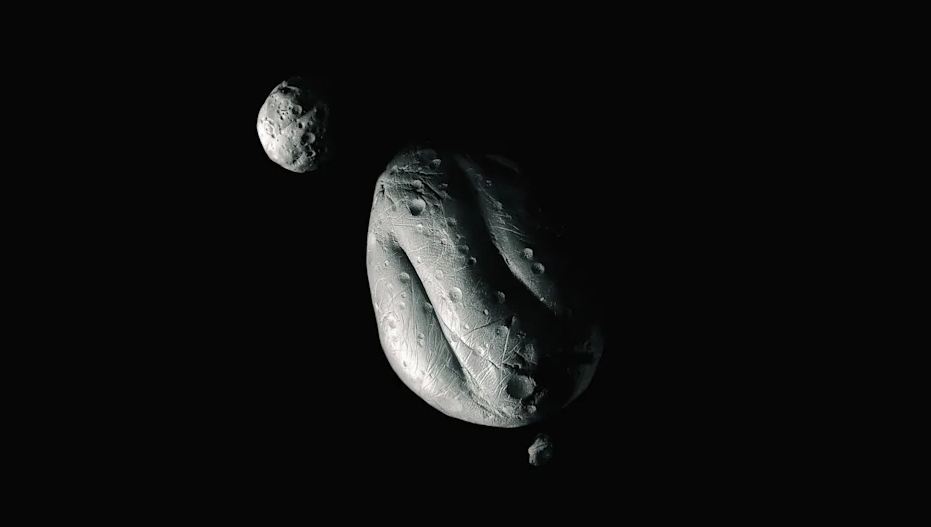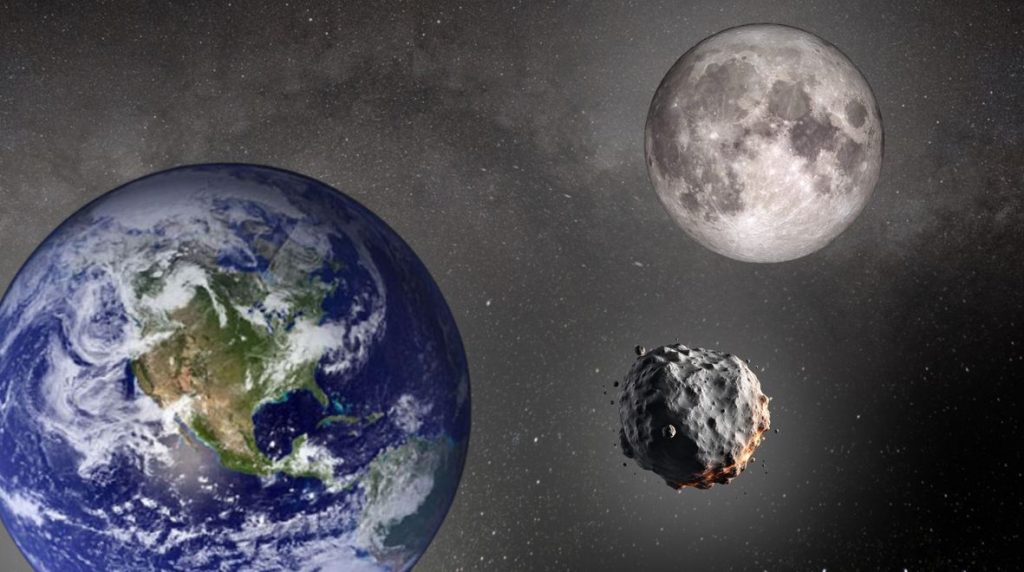For years, Earth was believed to have only one natural satellite – the Moon. Now, scientists have discovered that Earth may temporarily capture small asteroids in its orbit, forming what are now called “minimoons.”
What Are Minimoons?
Minimoons are small, asteroid-like objects that get temporarily trapped in Earth’s gravitational pull. Unlike the Moon, which is permanently bound to Earth, these objects orbit our planet for a few months or years before drifting away. Dr. Robert Jedicke, an astronomer from the University of Hawaiʻi, is among the leading experts studying these celestial bodies. His recent work, published in the Frontiers in Astronomy and Space Sciences journal, discusses how Earth likely captures and releases many such objects over time.

Why Haven’t We Seen More of Them?
Although thousands of asteroids pass near Earth every year, detecting minimoons is extremely difficult. They’re small — often just a few meters in diameter — and faint, making them hard to observe with current telescope technology. According to Jedicke, “These objects are very faint and move rapidly across the sky, making them hard to track.” The few that have been seen so far were either captured accidentally by surveys looking for near-Earth objects or observed briefly before they escaped Earth’s orbit again.
The Six Confirmed Minimoons
So far, six minimoons have been identified:
- 2006 RH120 — The first confirmed minimoon, discovered in 2006, orbited Earth for about a year.
- 2020 CD3 — A recent example, it was captured in 2018 and remained in orbit until 2020.
3–6. Four other objects have been observed with similar behavior, although not all have been officially named.
Researchers believe these are just the beginning. According to modeling data, Earth may capture a new minimoon every few years, even if we never notice them.
Scientific Importance of These Mini Companions
Minimoons could play a key role in advancing space exploration. Since they’re close and temporarily bound to Earth, they make ideal candidates for low-cost space missions. Astronomers suggest that studying them up close could help us understand the early solar system, as these bodies are often ancient and untouched by planetary processes. Some even propose that they could be used to test asteroid mining techniques or new propulsion systems.
Future Observations and Missions
New telescopes, like the Vera C. Rubin Observatory in Chile, are expected to significantly increase the number of minimoons discovered. Its powerful wide-field view will help track fast-moving, dim objects — exactly the kind of traits minimoons have. In the near future, space agencies might even plan robotic missions to these objects, offering a stepping stone for future asteroid exploration and planetary defense efforts.

Conclusion: Earth’s Temporary Moons Are a Fascinating Discovery
The idea that Earth has more than one moon — even temporarily — is reshaping our understanding of near-Earth space. Although small and elusive, minimoons offer a wealth of scientific opportunities. With better technology and focused observation, we may soon discover that Earth’s skies are more crowded than we ever imagined. These fascinating minimoons not only deepen our understanding of Earth’s gravitational influence but also highlight the dynamic nature of our solar system. Their discovery marks a new era in space observation.

















